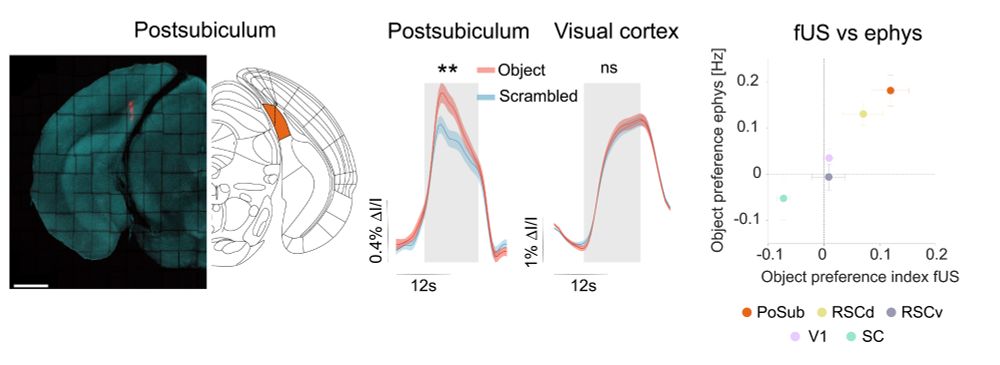
brainwidenetworks.uni-goettingen.de/open-positio...
brainwidenetworks.uni-goettingen.de/open-positio...
8/
Illustration: Dorothea Laurence

8/
Illustration: Dorothea Laurence
7/

7/
6/

6/
5/

5/
4/

4/
3/

3/
2/
2/
7/

7/
6/

6/
5/

5/
4/

4/
3/

3/
2/
2/

